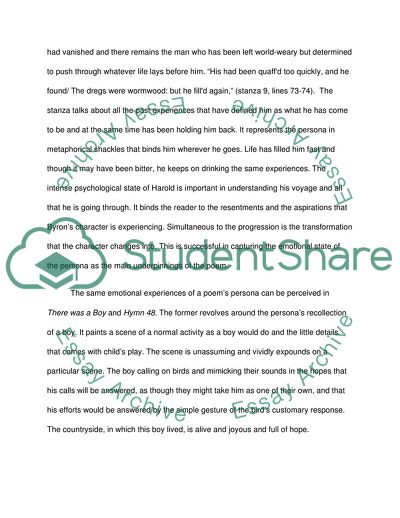Cite this document
(Significance of Intense Psychological States in Romantic Texts Term Paper, n.d.)
Significance of Intense Psychological States in Romantic Texts Term Paper. https://studentshare.org/literature/1818935-compare-and-contrast-the-role-and-significance-of-intense-psychological-states-in-romantic-texts-you-have-studied-consider-this-question-by-comparing-and-contrasting-byrons-childe-harold-canto-iii-with-two-other-a207-texts-of-your-choice
Significance of Intense Psychological States in Romantic Texts Term Paper. https://studentshare.org/literature/1818935-compare-and-contrast-the-role-and-significance-of-intense-psychological-states-in-romantic-texts-you-have-studied-consider-this-question-by-comparing-and-contrasting-byrons-childe-harold-canto-iii-with-two-other-a207-texts-of-your-choice
(Significance of Intense Psychological States in Romantic Texts Term Paper)
Significance of Intense Psychological States in Romantic Texts Term Paper. https://studentshare.org/literature/1818935-compare-and-contrast-the-role-and-significance-of-intense-psychological-states-in-romantic-texts-you-have-studied-consider-this-question-by-comparing-and-contrasting-byrons-childe-harold-canto-iii-with-two-other-a207-texts-of-your-choice.
Significance of Intense Psychological States in Romantic Texts Term Paper. https://studentshare.org/literature/1818935-compare-and-contrast-the-role-and-significance-of-intense-psychological-states-in-romantic-texts-you-have-studied-consider-this-question-by-comparing-and-contrasting-byrons-childe-harold-canto-iii-with-two-other-a207-texts-of-your-choice.
“Significance of Intense Psychological States in Romantic Texts Term Paper”. https://studentshare.org/literature/1818935-compare-and-contrast-the-role-and-significance-of-intense-psychological-states-in-romantic-texts-you-have-studied-consider-this-question-by-comparing-and-contrasting-byrons-childe-harold-canto-iii-with-two-other-a207-texts-of-your-choice.


